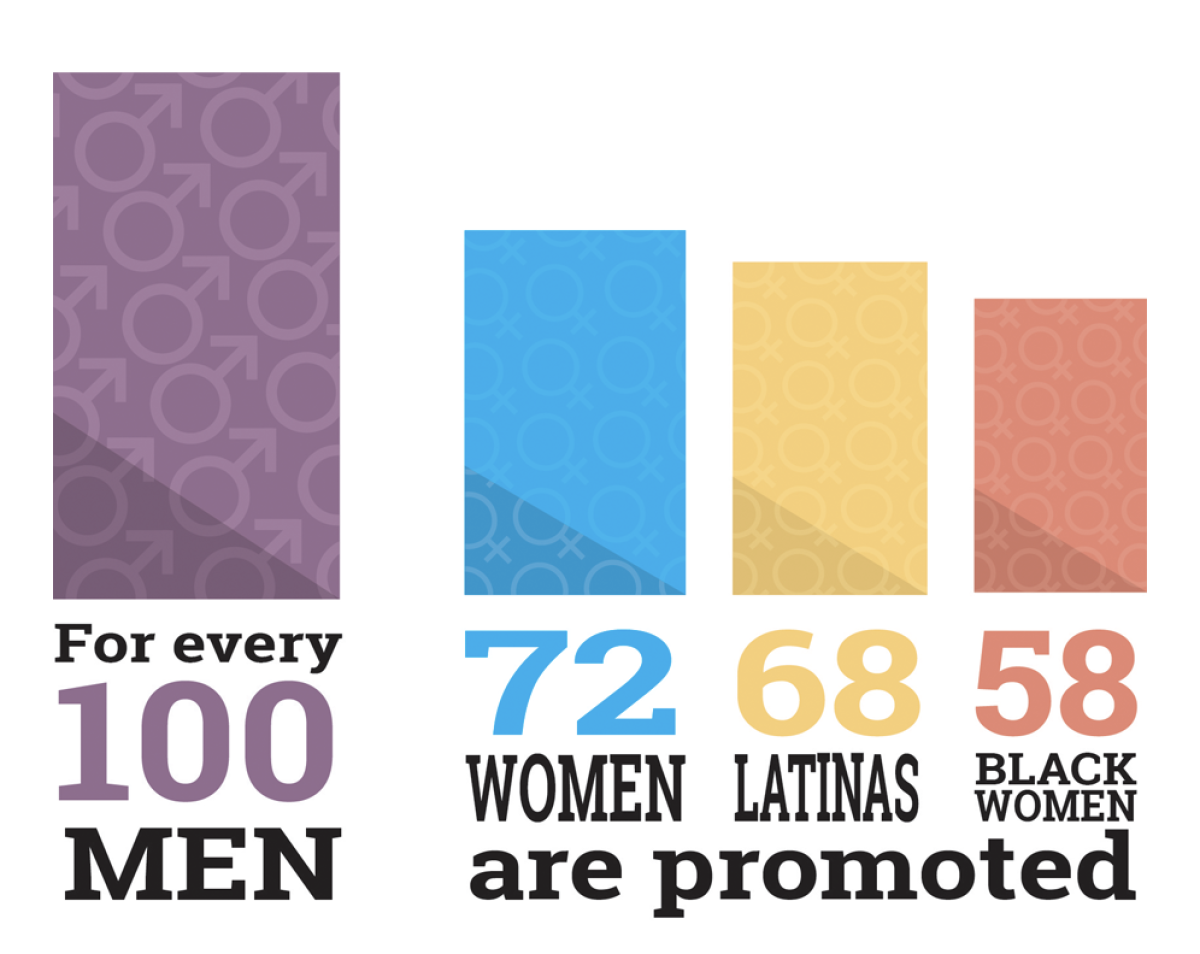
_Sydney Lewis is a first-year journalism and political science major at MU. She is an opinion columnist who writes about politics and identity for The Maneater._
Women hold many of the top positions in campus organizations at MU. Leaders of the nation’s most prominent organizations are primarily men.
Out of the 15 members of the Maneater Editorial Board, a majority are women. At the New York Times, one of the top five editors is a woman. Similarly, at the Washington Post, the number is two out of five. Locally, six out of 12 editors at the Columbia Missourian are women. Without a proportional number of women journalists, the news lacks well-rounded reporting.
Both MU College Democrats and the College Democrats of America are led by women, but the DNC is led by a man. Women also make up only 37% of Democrats in congress, despite being over 50% of the population.
What happens to opportunities for women between college and the workplace?
A report published in 2019 titled “Women in the Workplace” identified that it’s not a glass ceiling preventing women from rising to senior leadership positions, but a “broken rung.” In the rise to become an executive at a company, women are mostly held back at the first promotion from employee to manager. For every 100 men, 72 women are promoted. With a smaller number of women in the field, fewer have the opportunity to be promoted to high levels of leadership. This increases the gap of men and women in these roles. At the highest level of leadership, the study found only 22% of positions are filled by women.
According to a study by Frontiers in Psychology, women are judged by their past experiences, while men are judged by their future potential. Women are seen as caring and sensitive, while men are seen as determined and competitive. Leadership roles typically call for the latter, so men are seen as more capable leaders. These stereotypes perpetuate an unconscious bias that negatively impacts women’s ability to become leaders in their fields.
The “paradox of meritocracy” continues to disadvantage women in the workplace. This paradox means the social and cultural disadvantages perpetuate greater inequality when companies use merit-based performance assessments, according to “Breaking barriers: Unconscious bias in the workplace.” This puts women at a disadvantage for career advancement before they even step in the door.
For example, in a nation-wide survey of college professors, a study published in the Proceedings of the National Academy of Sciences found that faculty were less likely to give career mentoring to a female student than a male student. The disadvantage for women in this scenario begins in college and will negatively impact a merit-based performance evaluation used to promote them in their career.
It would be remiss not to mention the even further gap for women of color and LGBTQ+ people. For every 100 men promoted to managerial positions, 68 Latinas and 58 Black women are promoted. LGBTQ+ people could be fired until the Supreme Court ruling Bostock v. Clayton County on June 15, 2020 made it illegal.
According to “Women in the Workplace,” 51% of employees believe it will take more than five years to reach 50/50 gender equality at the senior levels. The survey states that if the broken rung is not fixed, “we are many decades from reaching parity, if we reach it at all.”
To reach gender parity, change needs to happen at every level. Instead of only targeting the highest levels of leadership, companies should begin to build inclusive staffs at every level. By starting at entry positions, it will make equal gender representation more accessible at the highest positions.
_As part of its commitment to highlighting organizations fighting for racial justice, the Maneater is encouraging readers to donate to The National CARES Mentoring Movement, a “pioneering community-galvanizing movement dedicated to alleviating intergenerational poverty among African Americans. It offers Black children in low-income families and unstable communities the social, emotional and academic supports they need to unleash their potential and graduate from high school prepared to succeed in college or vocational-training programs and 21st-century careers.” Donate at: https://www.caresmentoring.org/index.php/donate_
_Edited by Sofi Zeman | [email protected]_